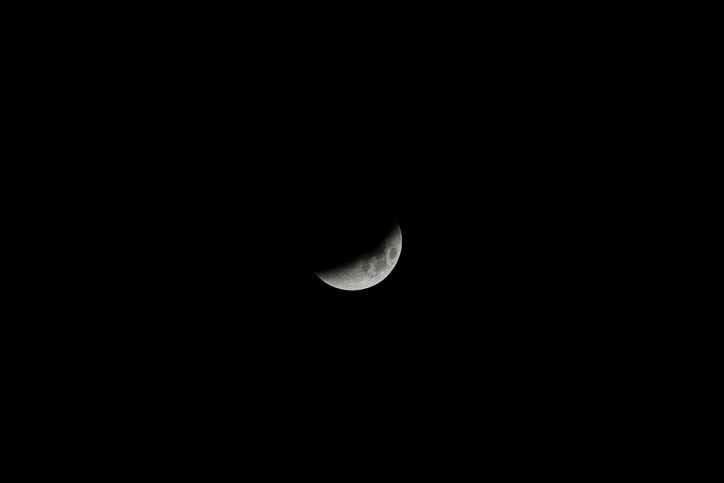Skywatchers, rejoice!
A brilliant "supermoon" will dazzle Humboldt skies on Thursday, May 26 for hours before the illuminated celestial body goes mostly dark for several minutes.
Not only will the heavens offer up an extra-large full moon, otherwise known as a "supermoon," but the astral event will also coincide with a lunar eclipse.
This year, May's full moon, known as the "flower moon," is also considered a "supermoon" and will look bigger.
��
Lunar eclipse during the supermoon
Marley Leacock, an astronomer at the H.R. MacMillan Space Centre, told Vancouver Is Awesome that you don't need any special equipment to view the lunar eclipse in all its celestial glory – but your location is important.
"Provided the weather will be co-operating, for this eclipse especially you're going to want to ensure that you have a clear view of the horizon because the moon is going to be sitting quite low in the sky," she explained.
"You're going to want to be able to see clearly in the southwest direction for this eclipse."
While you can use binoculars or a telescope, seeing the colour change or the full movement of the eclipse is easier with your eyes, Leacock added.
And why is it called a blood moon?
"It is considered a blood moon because eclipses can turn a reddish-orange colour. That's from the light hitting our atmosphere and scattering. The blue light gets scattered out really quickly and what remains is the red and the orange light and that's what turns the moon red," she explained.
In Humboldt, the lunar eclipse will commence at 3:44 a.m., and the greatest extent of the eclipse will take place at 4:46 a.m.; it will end at 4:59 a.m.
Timeanddate.com shares a ��of when the lunar eclipse will take place too.
��
Why is it called a "flower moon?"
According to the��, "The May full Moon marked a time of increasing fertility, with temperatures warm enough for safely bearing young, a near end to late frosts, and plants in bloom."�� They note that Native peoples would give distinctive names to each reoccurring full moon to mark the change of seasons. As such, many of these names arose when Native Americans first interacted with colonists.
With that С����Ƶ said,����notes that the April full moon also goes by other names including the Full Sprouting Grass Moon, the Egg Moon, and the Full Fish Moon.
Since the pink moon qualifies as a "supermoon," it��will look 15 per cent brighter and seven per cent bigger than a regular full moon due to its proximity to earth.��
��notes that astronomers usually refer to "supermoons" as��perigean��full moons--a term that simply refers to the moon С����Ƶ "near earth."




